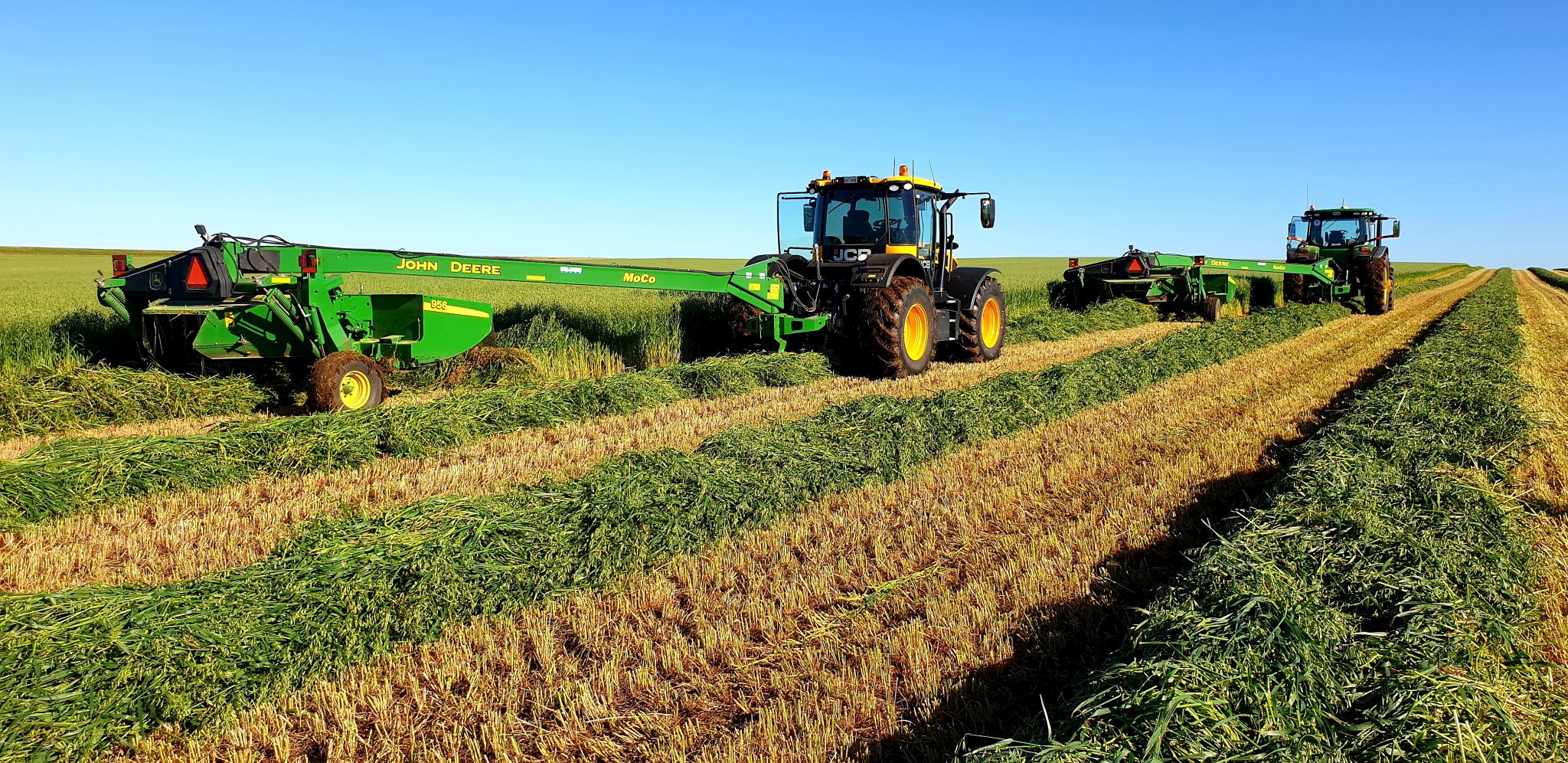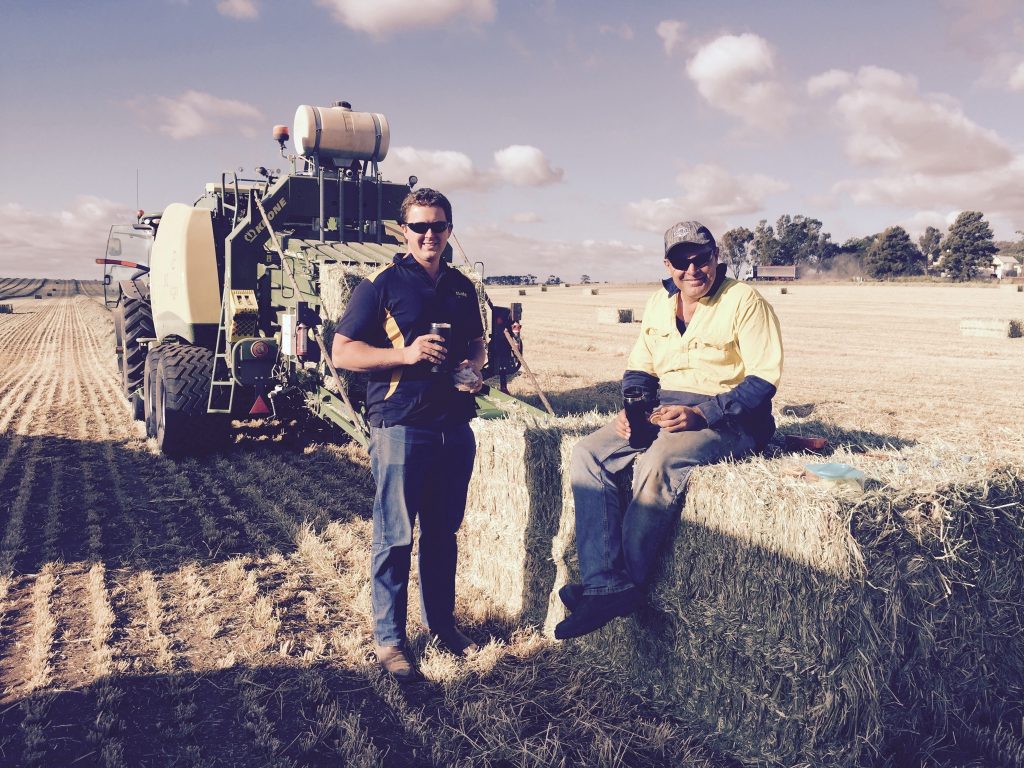Key points:
$11.5 million has been invested in an Australian oat breeding program
AgriFutures Export Fodder Program and the Grains Research and Development Corporation (GRDC) are contributing a joint $5.4 million to this investment.
InterGrain, an Australian cereal breeding company, will lead this research and contribute $5.4 million.
An additional $750,000 will be contributed by the Western Australian Agriculture Authority.
This investment supports the Western Australian Government’s $10.1 million election commitment towards a Processed Oats Industry Growth Partnership.
Future oat breeding work will build on more than 20 years of research by the South Australian Research and Development Institute (SARDI).
The new $11.5 million national breeding program will provide new varieties for hay and milling oat production using technology such as genomics to respond to the changing needs of Australian growers and exporters.
One of Australia’s leading cereal breeding businesses, InterGrain, will run the program transitioning it to a commercial model and building on more than 20 years of research by the South Australian Research and Development Institute.
Production gains anticipated from new program
Hay producer Corbin Schuster wants new oat varieties that deliver higher protein hay, thinner stems, and lodging resistance.
Hay grower from Freeling in South Australia stressed it was also important to accommodate the needs of the industry’s customers when developing varieties.
“Hopefully, like with any new injection of funds for breeding, it means the possibility of new varieties being developed faster and to meet the needs of customers overseas quicker.”
“In some respects, we are seen as the end customer by the breeders, but as a farmer we are really the intermediatory between the actual end customer, a feedlot or dairy overseas. As farmers we need to find out exactly what those overseas customers want,” said Corbin.
Export hay production accounts for a third of Corbin’s farm business and more than half of his income.
He’s benefitted from variety developments for other crops and is optimistic about what this new era and investment in oats could deliver to his farm’s bottom-line.
Corbin added “We’ve changed our main wheat variety a number of times over the last decade, the same with barley,” he said. “But with oats, we’ve grown the same variety for 15 years. It’s still a fantastic variety but we see the advances in wheat and barley varieties and wonder what oaten hay growers are missing out on.”
Progression for the evolving industry
For Rob Diekman, the National Purchasing Manager for hay exporter JT Johnson & Sons, a change to Australia’s oat breeding was a natural progression for the evolving industry.
He said InterGrain could assist hay exporters to develop new markets by releasing improved varieties as fast as possible.
“There’s opportunities to create varieties that suit other markets and potential markets which have different requirements than existing export hay customers,” said Rob.
Rob added “Then the next step would be bringing out those new varieties quicker, that could be a game-changer.”
Building on the foundations of 20 years of oat breeding
Commercialising the oat breeding program was the right move to build on the work completed by SARDI, according to Victorian hay grower, Tim Rethus.
The Horsham farmer would like to see the development of different oat varieties suitable for various soil types and seasonal conditions throughout Australia’s diverse hay growing regions and believed InterGrain was well placed to deliver this.
“With its background, InterGrain has an awful lot of experience they can add to the hay industry,” said Tim.
“Plus, they have good coverage, being based in Western Australia they have that state covered and they also have an office in Horsham which gives them good representation in the East Coast regions.”
InterGrain has 50 research sites spread across the country and more than 200,000 field plots annually.
Last year, AgriFutures Australia, Grains Research and Development Corporation (GRDC) and SARDI sought tenders for the investment and commercialisation of the National Oat Breeding Program.
InterGrain was selected to lead the program and will invest $5.4 million into oat breeding during the next five years as the program transitions to a full commercial model by 2025.
This $5.4 million investment has been matched jointly by AgriFutures Australia’s Export Fodder Program and GRDC with an additional $750,000 coming from the Western Australian Agriculture Authority.










